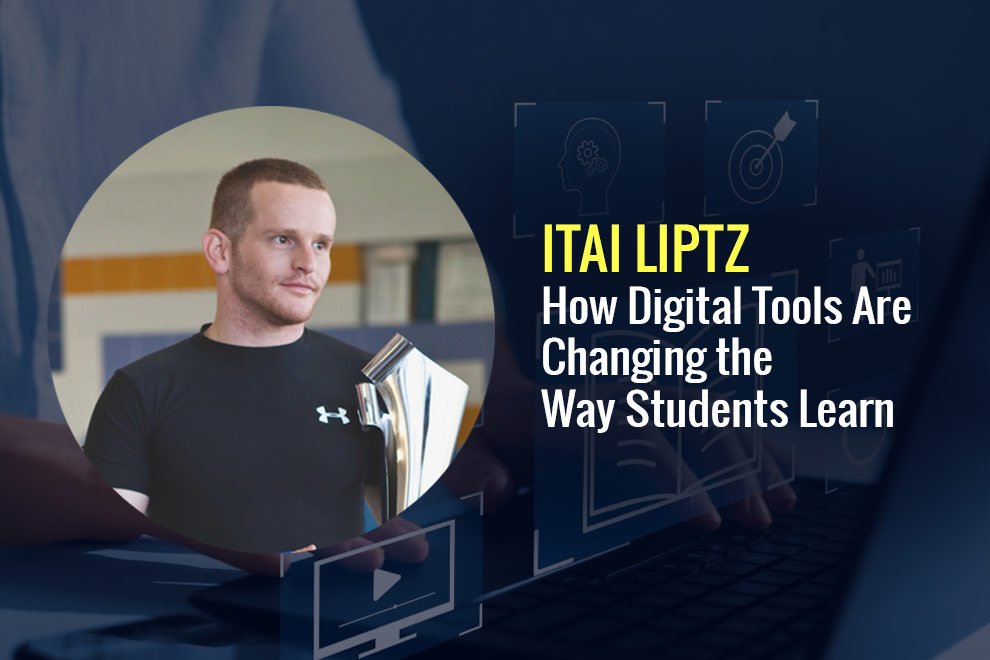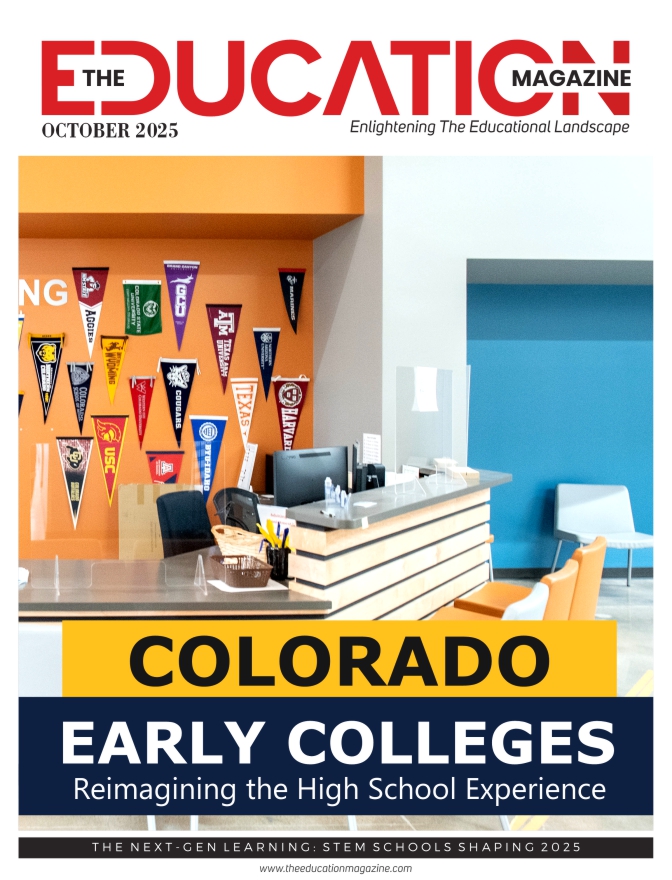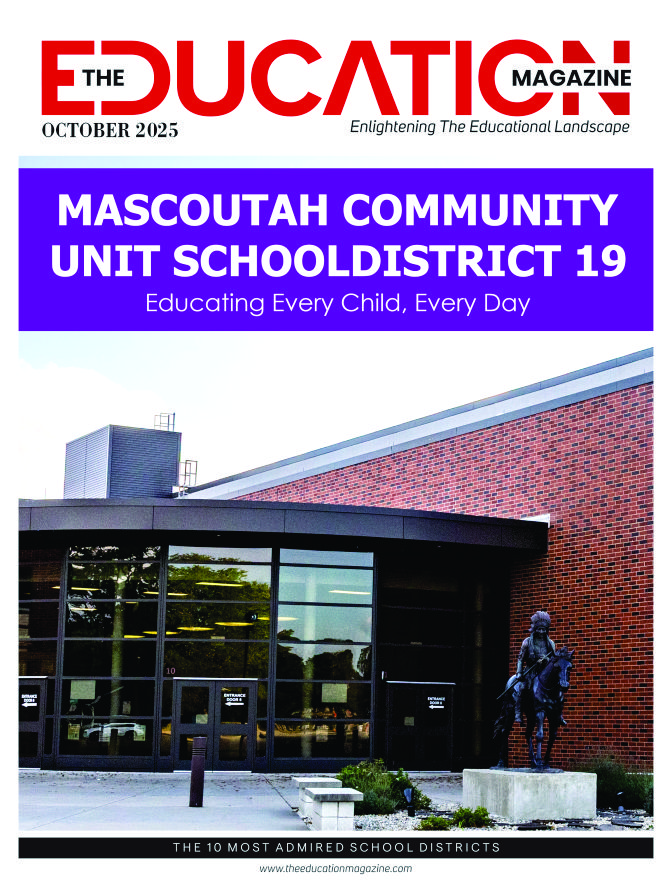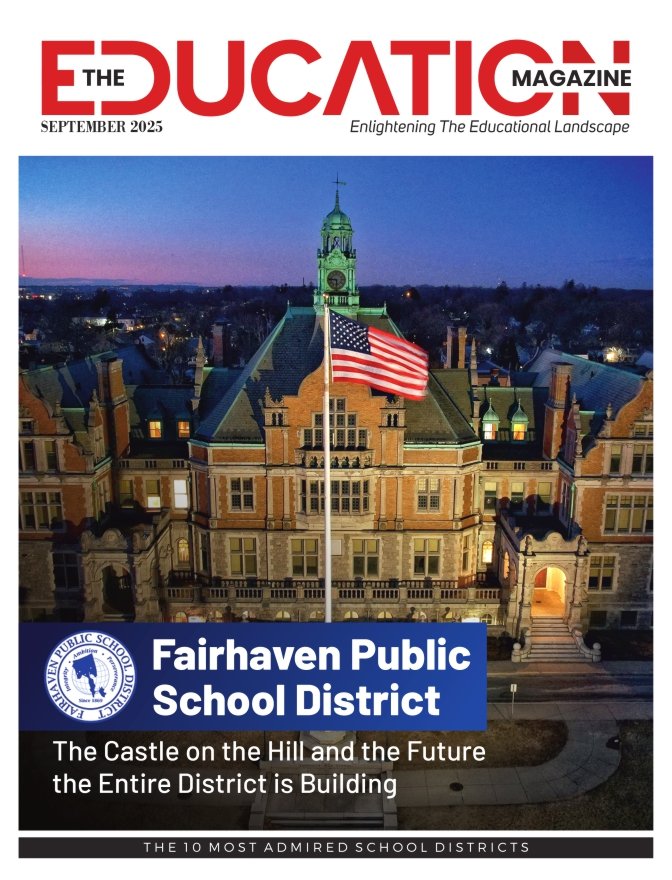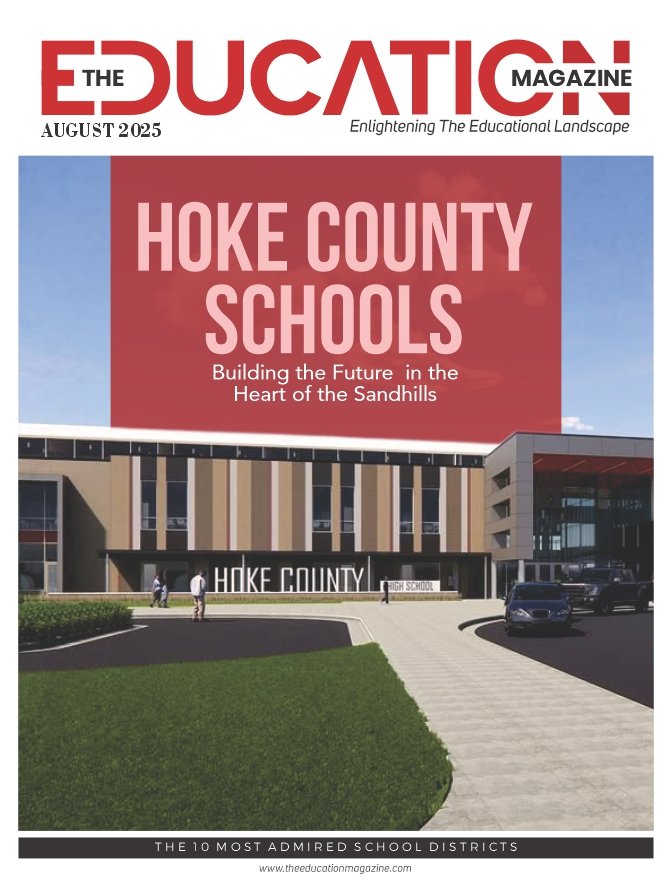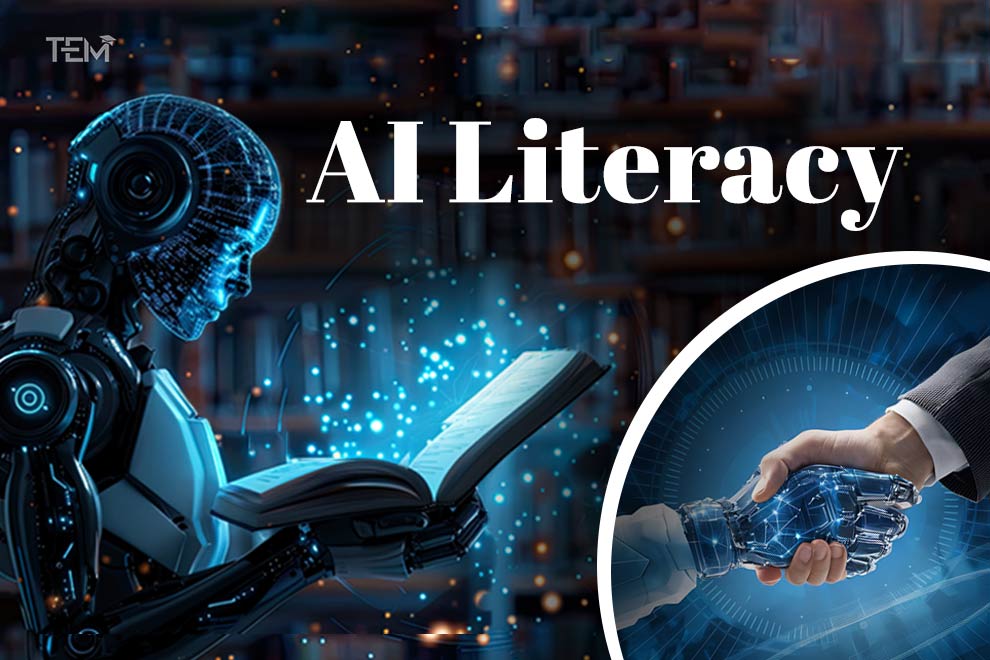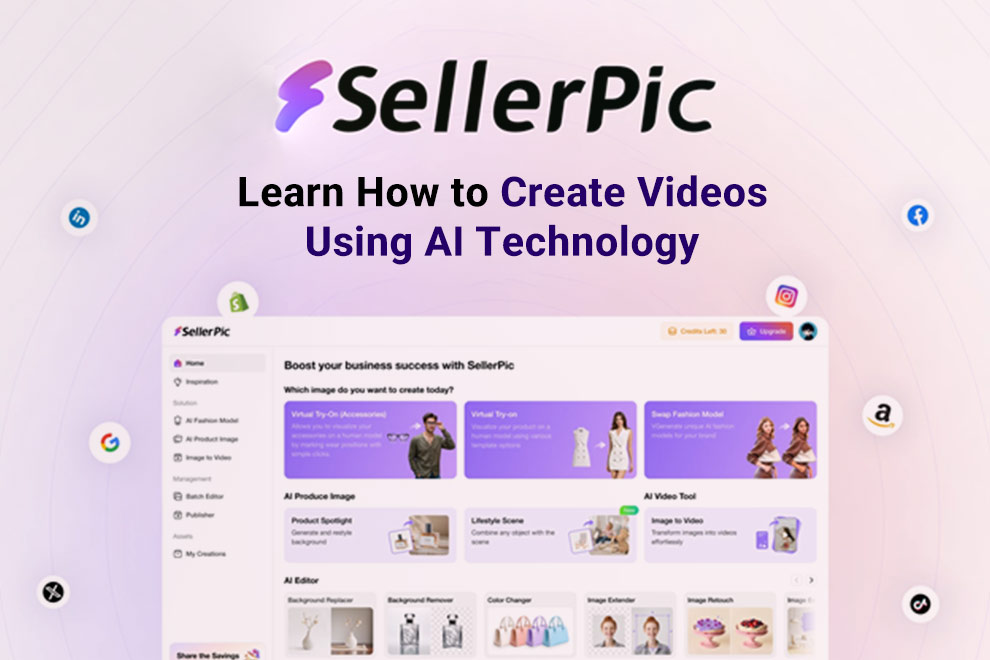Technology isn’t replacing teachers, but it is certainly reshaping how they reach their students. Digital tools are helping educators create more engaging, personalized, and interactive learning environments than ever before. From elementary classrooms to college lecture halls, teachers are experimenting with new ways to make learning more effective without losing the human connection that makes education meaningful.
Itai Liptz, an educator who integrates digital tools to make education more accessible and engaging, is part of a growing group of educators who use technology with intention. “Tech isn’t about doing less as a teacher,” Liptz says. “It’s about being more available, more focused on connection, feedback, and the kind of support that software alone can’t give.” For educators like him, the goal isn’t to impress students with flashy platforms. It’s to support learning in ways that are practical, inclusive, and responsive to individual needs.
Not all classrooms use technology the same way. Some schools adopt digital platforms to streamline logistics, while others focus on improving the learning experience itself. The most successful efforts are driven by teachers who understand how to integrate these tools into their lessons in ways that enhance, rather than distract from, their teaching.
This is happening not only because technology is more available, but also because students have changed. Young learners are growing up with screens in their hands. They absorb information differently, so educators need to adjust their methods to meet those realities.
Boosting Engagement Through Technology
One of the most visible effects of digital tools in the classroom is their impact on student engagement. According to a 2024 survey, 92% of teachers said technology had a positive effect on engagement. When used well, these tools do more than keep students interested. They also help bring lessons to life in ways that encourage participation and focus.
Interactive platforms like Kahoot, Quizizz, and Nearpod turn traditional review sessions into live activities. These tools give students immediate feedback while also helping teachers spot gaps in understanding. The format is familiar to students, many of whom associate it with games, which helps them stay alert and motivated.
Another huge plus is the way these tools level the playing field for different types of learners. Students who are shy or reluctant to speak up in front of others can still participate by responding digitally. Over time, this builds confidence and keeps them engaged with the material.
Even with these advantages, technology isn’t meant to replace teachers or traditional instruction. Reading aloud, group discussion, and physical activities still matter. But when interest drops or a fresh format is needed, digital engagement tools can give teachers flexible options to reenergize the class.
Personalizing the Learning Journey
Digital platforms have made it easier for teachers to adjust instruction to fit individual needs. Programs like Khan Academy, IXL, and DreamBox can automatically respond to how a student performs, offering more practice when needed or moving forward when mastery is demonstrated. Each learner receives content at their own pace, without requiring separate lesson plans for every student.
A Stanford University–affiliated study found that students in personalized learning environments advanced 30 to 40 percent faster than their peers in traditional classrooms. These are significant gains that reflect how meaningful targeted instruction can be when it’s applied consistently.
These tools help teachers focus their attention where it’s needed most. A dashboard might show which students are struggling with a certain concept, prompting timely support. So, instead of spending time grading worksheets or preparing multiple versions of the same lesson, teachers can act on data insights and deliver more meaningful help.
“Personalized learning also supports students with different learning styles or abilities,” notes Liptz. “Audio narration, visual prompts, and built-in scaffolding make the content more accessible.” These features help ensure every student can move forward without being left behind or held back by the pace of the group.
Making Learning More Interactive
When it’s used correctly, classroom technology can motivate and enable students to play an active role in shaping their own learning. Tools like Google Workspace, Padlet, and Jamboard allow students to brainstorm, collaborate, and build projects together, both in person and remotely. These platforms support interaction that feels natural, whether students are sitting side by side or across the world.
Interactive learning goes beyond collaboration. With simulation apps and virtual labs, students can manipulate variables, test ideas, and see the results play out instantly. This hands-on approach helps them build understanding through experimentation instead of memorization.
Educators use these tools to give students more control and more responsibility. Their students aren’t just consuming information. They’re writing, revising, and reflecting on their own work, with the tools serving as a medium for deeper thinking. This shift changes the student’s role in the classroom from passive listener to active participant.
Teachers also benefit from better insight into how students are progressing. They can check for understanding in real time using digital polls, quick assessments, or shared workspaces. These tools help teachers make informed choices about when to move ahead or pause for clarification.
Preserving the Human Element
Itai Liptz cautions that while technology plays an important role in shaping the classroom, the teacher-student relationship remains the foundation of effective education. “The most thoughtful educators use digital tools to enhance that relationship, not replace it,” he says. Pre-recorded videos or self-paced modules can deliver core content, which frees up class time for one-on-one conversations and small group work.
Some critics argue that more technology leads to less connection. But when used with care, it can do the opposite. A student who is hesitant to speak in front of the class might write thoughtful comments in a shared document or submit questions privately. These quiet exchanges can open the door to more personal interaction later.
Liptz uses his time differently now. He monitors progress digitally, but he invests more of his energy in building trust and offering direct support. This balance allows him to focus on what can’t be measured by algorithms. Listening closely, encouraging growth, and noticing when a student needs help are still at the heart of his teaching.
The most meaningful parts of education haven’t changed. A well-timed conversation, a thoughtful piece of feedback, or a genuine moment of connection still matters more than any platform. Digital tools are useful, but people do the teaching.
The Road Ahead
The role of technology in education will keep growing, but that doesn’t mean teachers are taking a back seat. Instead, they’re learning to ask better questions. What helps this student feel confident? How do I know if they understand? What’s the most effective way to guide them to the next step? These are questions no platform can answer on its own.
Used well, digital tools make learning more adaptive, more inclusive, and more collaborative. They help teachers stay informed and responsive, and they give students a greater sense of control over their own progress. But the success of any tool still depends on the educator using it.
As veteran teacher Maria Delgado puts it, “A well-designed app can spark curiosity, but it’s the teacher’s role to guide that curiosity into deep thinking.” Her words point to the same truth educators are modeling every day. The goal isn’t just to make lessons more efficient. It’s to keep learning meaningful.
Itai Liptz’s Recommended Reading
For a deeper look into student-centered learning, Liptz recommends James Rickabaugh’s Tapping the Power of Personalized Learning, which offers a detailed, research-backed framework. Based on five years of fieldwork, the book explores how to build learning environments where students take ownership of their progress and teachers serve as guides and collaborators.
Also Read: How Educators Are Using Digital Avatars to Create Engaging Explainer Videos
